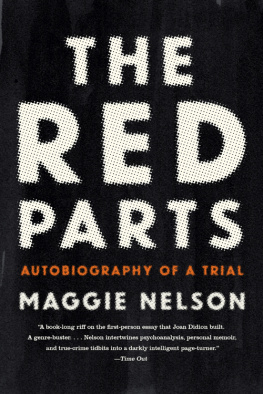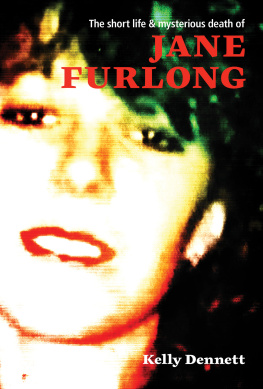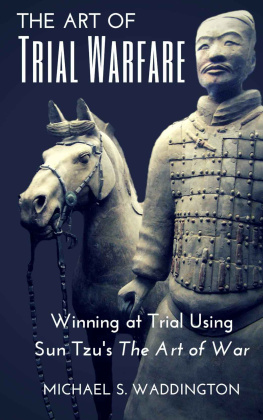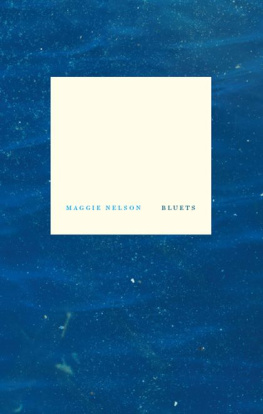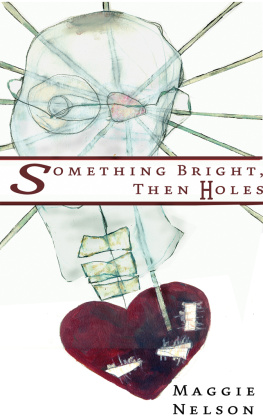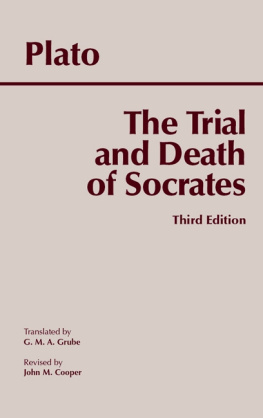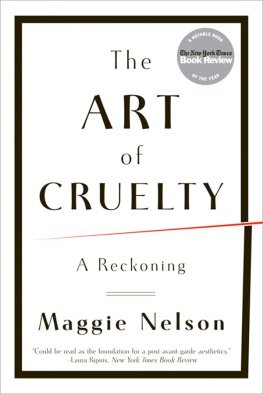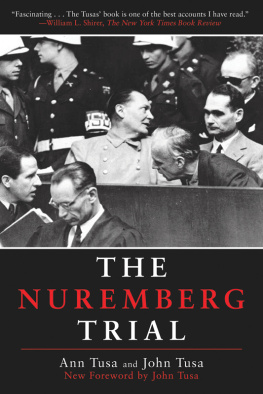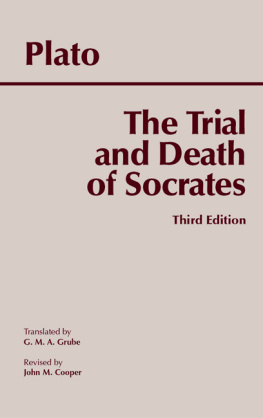Praise for The Red Parts
What feels tragic here is not the clinical recounting of Janes murder, but the effect it has had on the family. Alternating between a narrative of the trial and a rambling exploration of her own life, Nelson examines the many stereotypes and clichs of murder, making it seem that no subject could possibly be more embedded in the American consciousness. Nelson is refreshingly self-criticalof herself and her writing project. She never figures out what it is that compels her to sit at the trial, jotting down all the gory details, no different or better than anyone else. Is it that she wants Janes life to matter, she wonders, or her own?
The New York Times Book Review
A book-long riff on the first-person essay that Joan Didion built. A genre-buster with an engaging prose style, Nelson intertwines psychoanalysis, personal memoir, and true-crime tidbits into a darkly intelligent page-turner. Nelson eschews tidy resolution. She argues that stories are by nature imperfectand yet she also shows us how they can become totally worthwhile.
Time Out
The Red Parts feels rushed, frenziedin a positive, powerful way. While the re-opening of Janes case provides a plot, the book is also an autopsy, an examination (both implicit and explicit) on our cultural fascination with voyeurism, death, sex, and misogyny. Instead of distancing herself from these subjects, Nelson is fascinated by them, and acknowledges her complicity, her inability to escape from certain habits of thought, whether these be murder mind, suicide mind, or more everyday (though no less traumatic) rutsher problems dealing with a junkie boyfriend, abandonment by her lover, getting along with her mother and extended family during the long process of the trial. In sum, The Red Parts is a tour de force.
Pop Matters
Nelsons cathartic narrative encompasses closure of unrelated events in her own life, such as mourning her dead father, dealing with a recent heartache and reconciling with her once-wayward sister. Her narrative is wrenching.
Publishers Weekly
Nelsons account is lucid, her head clear, and her writing strong. Memories of her childhoodparticularly of her father, who died when she was a girlare the most emotionally charged elements. But her wry and honest account of the clownish calamity of the courtroom and the impending media circus (Nelson was on 48 Hours Mystery ) are also affecting. A much-needed reminder of the long, painful aftermath of heinous crimes.
Booklist
Very rarely does a book come along that combines such extraordinary lyricism and ethical precision with the sense that the author is writing for her very life. The Red Parts is one of these. At every turn of this riveting, genre-defying account, Nelson refuses complacency and pushes further into the unknown. A necessary, austere, and deeply brave achievement.
Annie Dillard
In this book Maggie Nelson takes on the difficult and urgent task of paying close attention to something terrible, the murder of a family member. She also pays attention to the pitfalls of trying to know and say something true about this terrible event and its consequences. The beauty and importance of The Red Parts derives not only from Nelsons astonishing skill with language, but from the bravery, generosity, and painstaking honesty with which she approaches her hard subject and her hard-won understanding of it.
Matthew Sharpe
The Red Parts is a riveting readDidion-esque in its tough clarity, its understatement, and its sheen. Like any great memoirist, Maggie Nelson is a born trespasser, with an exquisitely calibrated moral conscience. From nightmare she has constructed indelible literature.
Wayne Koestenbaum
The Red Parts

Also by Maggie Nelson
The Argonauts
The Art of Cruelty: A Reckoning
Bluets
Women, the New York School, and Other True Abstractions
Jane: A Murder
Something Bright, Then Holes
The Latest Winter
Shiner
The Red Parts
AUTOBIOGRAPHY
OF A TRIAL
Maggie Nelson
Graywolf Press
Copyright 2007 by Maggie Nelson
Preface to paperback edition 2016 by Maggie Nelson
The author and Graywolf Press have provided this e-book to you for your personal use only. You may not make this e-book publicly available in any way. Copyright infringement is against the law. If you believe the copy of this e-book you are reading infringes on the authors copyright, please notify Graywolf Press at: us.macmillanusa.com/piracy.
First published in 2007 by Free Press, a division of Simon & Schuster, Inc.
This publication is made possible, in part, by the voters of Minnesota through a Minnesota State Arts Board Operating Support grant, thanks to a legislative appropriation from the arts and cultural heritage fund, and through a grant from the Wells Fargo Foundation Minnesota. Significant support has also been provided by Target, the McKnight Foundation, Amazon.com, and other generous contributions from foundations, corporations, and individuals. To these organizations and individuals we offer our heartfelt thanks.

Published by Graywolf Press
250 Third Avenue North, Suite 600
Minneapolis, Minnesota 55401
All rights reserved.
www.graywolfpress.org
Published in the United States of America
ISBN 978-1-55597-736-8
Ebook ISBN 978-1-55597-928-7
2 4 6 8 9 7 5 3 1
First Graywolf Printing, 2016
Library of Congress Control Number: 2015953598
Cover design: Kimberly Glyder Design
This book is a memoir, which is to say that it relies on my memory and consists primarily of my personal interpretations of events and, where indicated, my imaginative recreation of them. Conversations and other events have been re-created to evoke the substance of what was said or what occurred, but are not intended to be perfect representations.
For Christina Crosby and Janet Jakobsen,
who train in the fire, and do the world justice.
For there is nothing covered, that shall not be revealed; neither hid, that shall not be known.
LUKE 12:2
In all desire to know there is already a drop of cruelty.
NIETZSCHE
Preface to the Paperback Edition
At the opening of Peter Handkes A Sorrow Beyond Dreams , a devastating sliver of a book that Handke reportedly wrote in the two months directly following his mothers suicide, he writes: My mother has been dead for almost seven weeks; I had better get to work before the need to write about her, which I felt so strongly at her funeral, dies away and I fall back into the dull speechlessness with which I reacted to the news of her suicide. Yes, get to work. As usual when engaged in literary work, I am alienated from myself and transformed into an object, a remembering and formulating machine.
The reopening of my aunt Janes murder case in 2005though nowhere near as psychically catastrophic as a mothers suicideinduced in me a remarkably similar mood. After attending the suspects trial in July 2005, I felt an intense rush to record all the details before being swallowed up, be it by anxiety, grief, amnesia, or horror; to transform myself or my material into an aesthetic object, one which might stand next to, or in for, or as the last impediment to, the dull speechlessness that makes remembering and formulating impossible. And so. After the trial, nel mezzo del camin , I set up shop in a city completely alien to me (Los Angeles), and wrote this account in a heightened, concentrated, occasionally reckless state of mind. A Sorrow Beyond Dreams sat on my desk throughout, as goad and guide. Yes, get to work.

